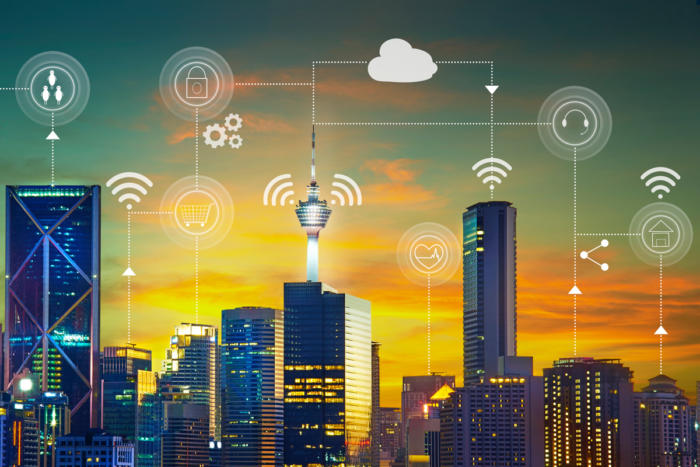Whether your organization is a large global conglomerate or a mid-sized company, mitigating risk associated with EHS and sustainability – while preserving your financial health – is challenging.
When we learned Valvoline, named one of America’s Safest Companies for 2017 by EHS Today, was a customer of ProcessMAP and had deployed several of the company’s cloud-based solutions, we wanted to hear more.
With the goal of using technology to optimize safety performance, Valvoline deployed ProcessMAP’s Incident Management, Audit Management, Permits Management, Activity Management, Event Management and Sustainability Performance Management solutions in its manufacturing and retail locations in 2016. Since then, the company has seen improved safety performance, increased employee engagement and risk reduction as it works toward building a zero-incident workplace.
Source: Cloud Based Software Aids Risk Management | Safety IoT









